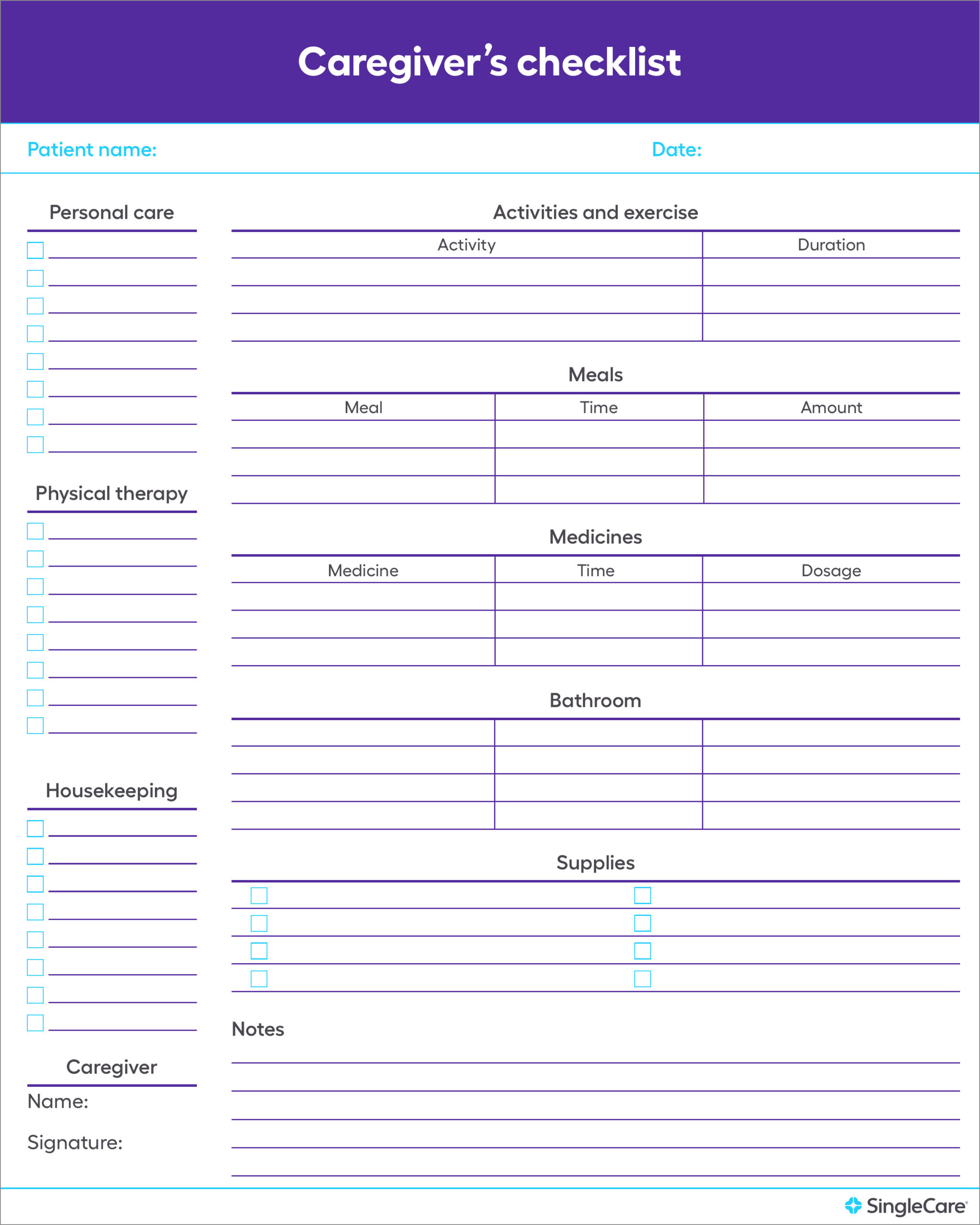Being a caregiver is a demanding and rewarding role. Whether you are caring for a family member or working as a professional caregiver, managing your time effectively is crucial to providing the best care possible.
In this article, we will explore the importance of a caregiver schedule and provide tips on how to create and stick to a schedule that works for you.
Why is a Caregiver Schedule Important?
A caregiver schedule is essential for several reasons. Firstly, it helps ensure that all necessary tasks and responsibilities are completed on time. This includes providing medication, assisting with personal care, preparing meals, and managing appointments. By having a schedule in place, you can stay organized and avoid any potential oversights.
Additionally, a caregiver schedule allows for better coordination with other family members or healthcare professionals involved in the care. By having a clear schedule, everyone can be on the same page and work together to provide the best care possible.
Furthermore, a caregiver schedule helps maintain a sense of routine for the person being cared for. Many individuals thrive on predictability and knowing what to expect. A consistent schedule can provide comfort and stability, reducing stress and anxiety.
How to Create a Caregiver Schedule
Creating a caregiver schedule may seem daunting at first, but with proper planning and organization, it can become a valuable tool. Here are some steps to help you create an effective caregiver schedule:
1. Assess Your Caregiving Responsibilities
Start by making a list of all your caregiving responsibilities. This includes both daily tasks and any specific needs or requirements. By having a comprehensive understanding of your responsibilities, you can better allocate your time.
2. Prioritize Tasks
Once you have a list of responsibilities, prioritize them based on urgency and importance. Identify tasks that must be done at specific times, such as administering medication or attending medical appointments. This will help you create a structured schedule that ensures essential tasks are completed on time.
3. Create a Daily Schedule
Using a calendar or scheduling app, create a daily schedule that includes all your caregiving tasks. Be sure to include breaks for yourself and any other personal commitments. Aim for a balance between caregiving responsibilities and self-care to prevent burnout.
4. Be Flexible
While having a schedule is important, it’s essential to remain flexible. Unexpected events or changes in the care recipient’s condition may require adjustments to your schedule. Be prepared to adapt and make changes as needed.
5. Communicate with Others
If you are part of a caregiving team, make sure to communicate your schedule with other team members. This can include family members, other caregivers, or healthcare professionals. Clear communication ensures everyone is aware of their responsibilities and can plan accordingly.
6. Seek Support
Don’t hesitate to reach out for support if needed. Caring for someone can be physically and emotionally draining, and it’s important to take care of yourself too. Seek assistance from family members, friends, or support groups to help lighten the load and provide much-needed respite.
Sample Caregiver Schedule
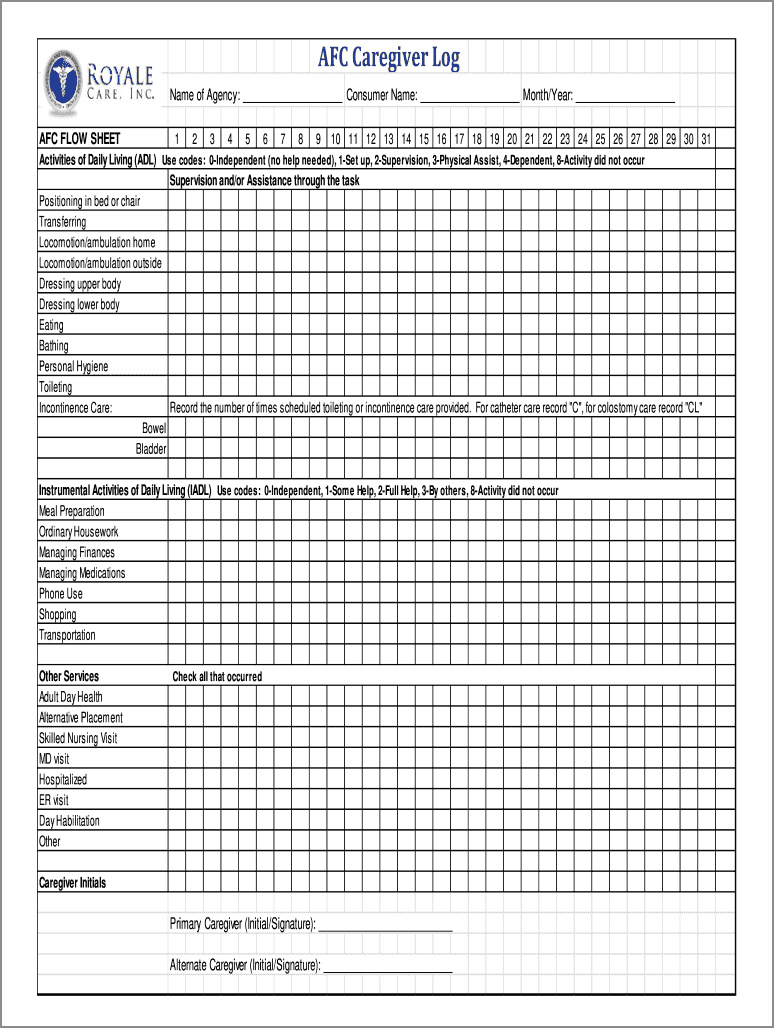
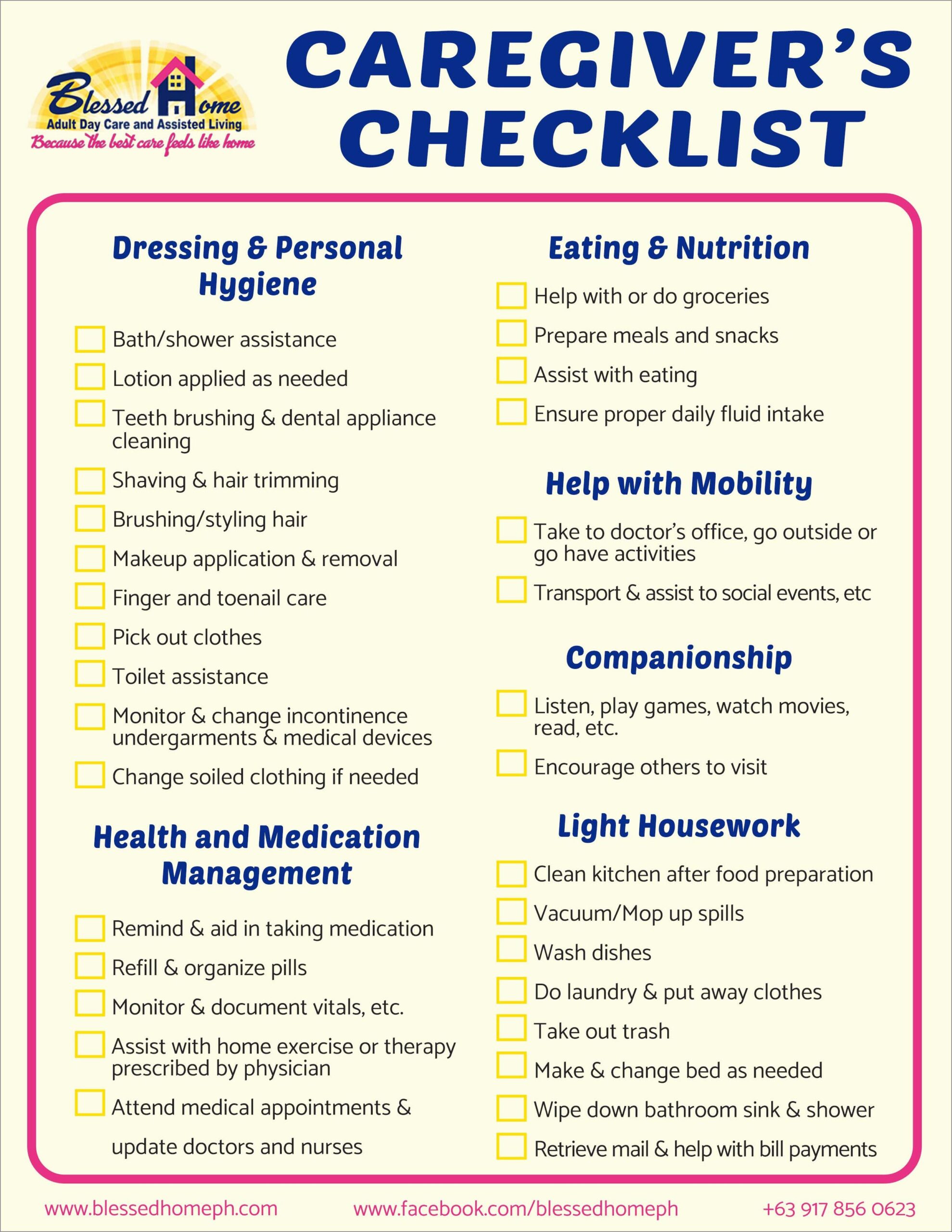
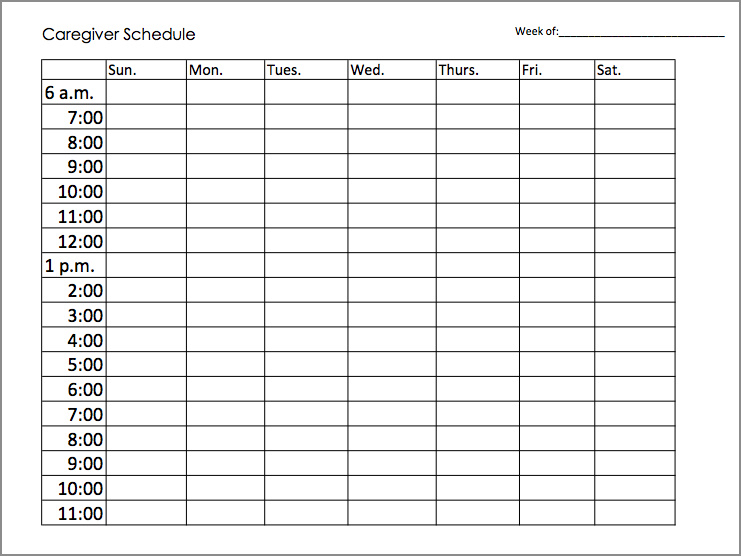
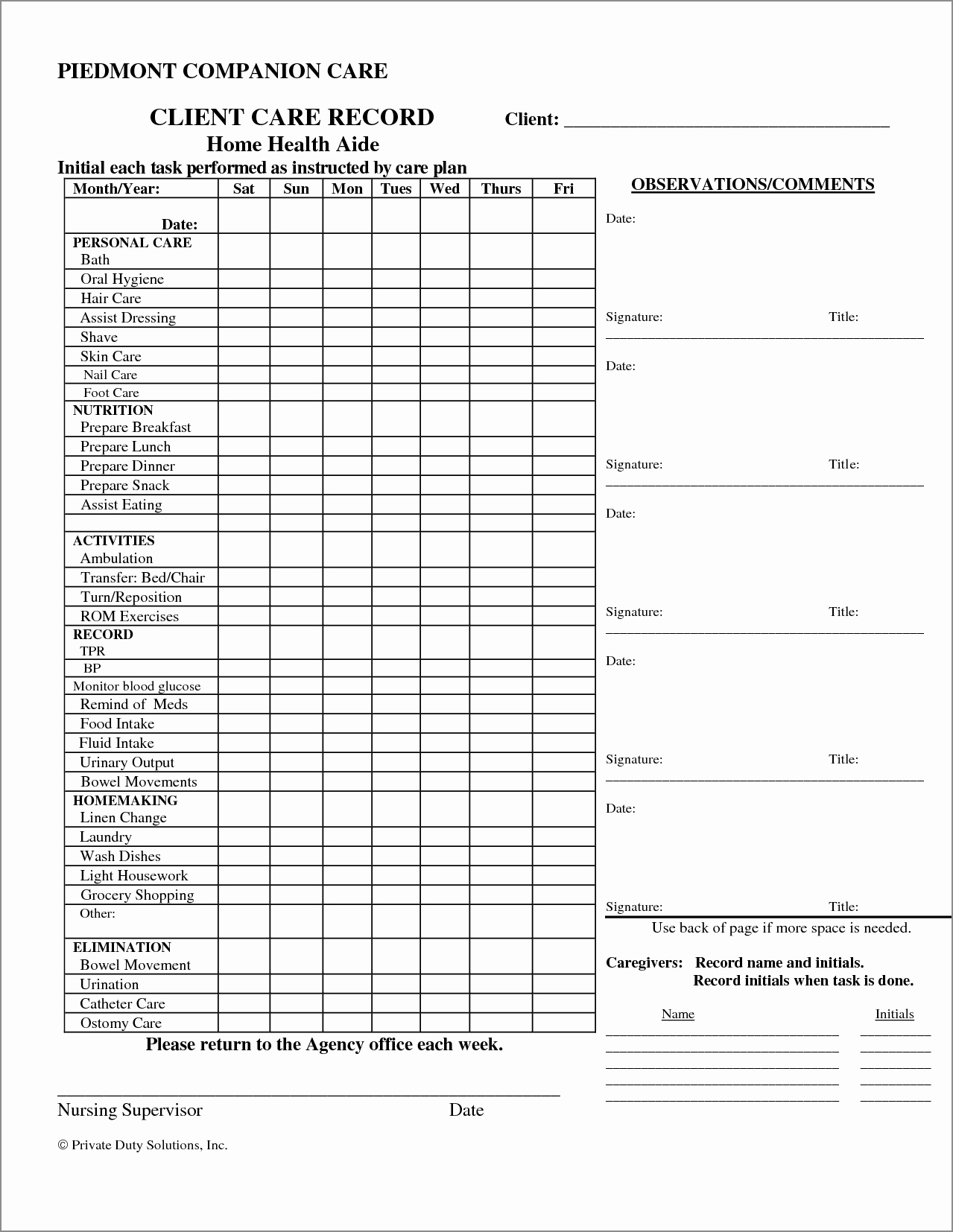
Here’s an example of what a caregiver’s schedule might look like:
- Morning: Assist with morning routine, including personal care and medication administration.
- 8:00 AM: Prepare and serve breakfast.
- 9:00 AM: Engage in stimulating activities or exercises.
- 10:00 AM: Take a break for personal time.
- 11:00 AM: Accompany care recipient to a doctor’s appointment.
- Afternoon: Prepare and serve lunch.
- 2:00 PM: Assist with any necessary personal care or hygiene tasks.
- 3:00 PM: Engage in leisure activities together.
- Evening: Prepare and serve dinner.
- 7:00 PM: Assist with evening routine, including medication administration and getting ready for bed.
- 8:00 PM: Wind down with quiet activities or relaxation techniques.
- 9:00 PM: Take a break for personal time.
- 10:00 PM: Assist with getting into bed and ensure a comfortable sleep environment.
The Benefits of a Well-Organized Caregiver Schedule
A well-organized caregiver schedule offers several benefits:
- Efficiency: By having a schedule in place, you can complete tasks more efficiently and avoid wasting time.
- Reduced Stress: A clear schedule reduces stress and uncertainty, allowing you to focus on providing quality care.
- Better Communication: Sharing your schedule with others involved in the care ensures effective communication and coordination.
- Improved Self-Care: Scheduling breaks and personal time helps prevent burnout and ensures you can care for yourself as well.
- Enhanced Quality of Care: A well-organized schedule allows you to provide consistent and reliable care, promoting the well-being of the care recipient.
Conclusion
A caregiver schedule is a valuable tool for managing your time and providing the best care possible. By creating a schedule, you can prioritize tasks, maintain a sense of routine, and ensure effective communication with others involved in the care. Remember to remain flexible and seek support when needed. With a well-organized caregiver schedule, you can enhance the quality of care while also taking care of yourself.
Caregiver Schedule Template Word – Download
